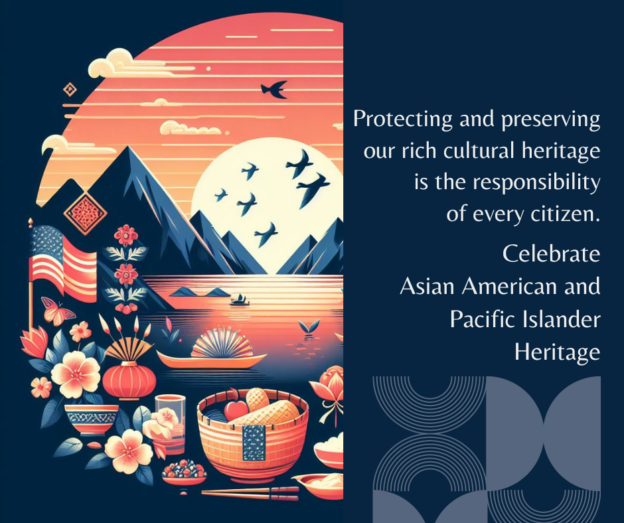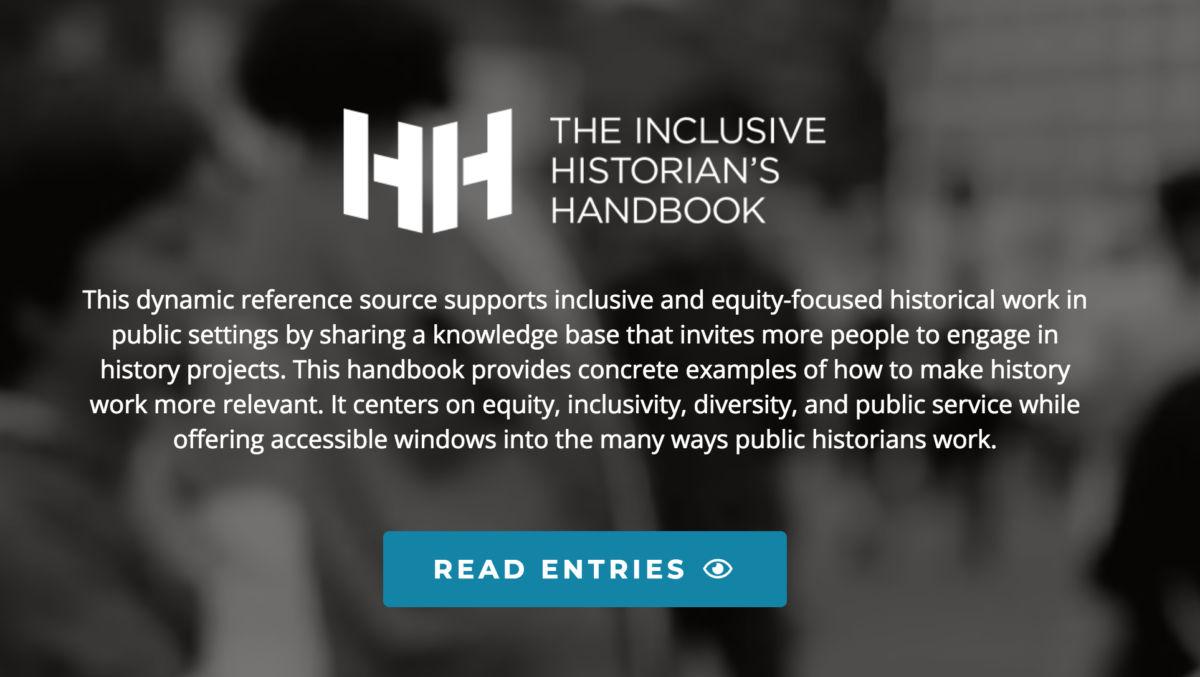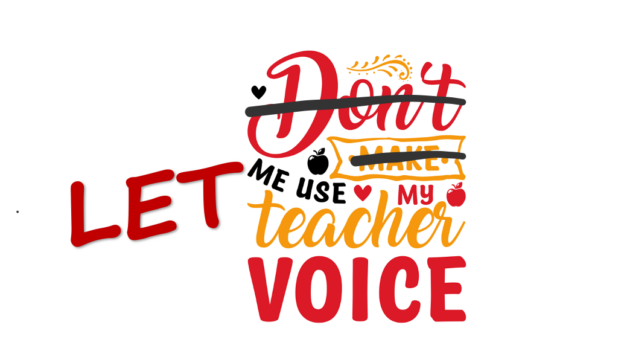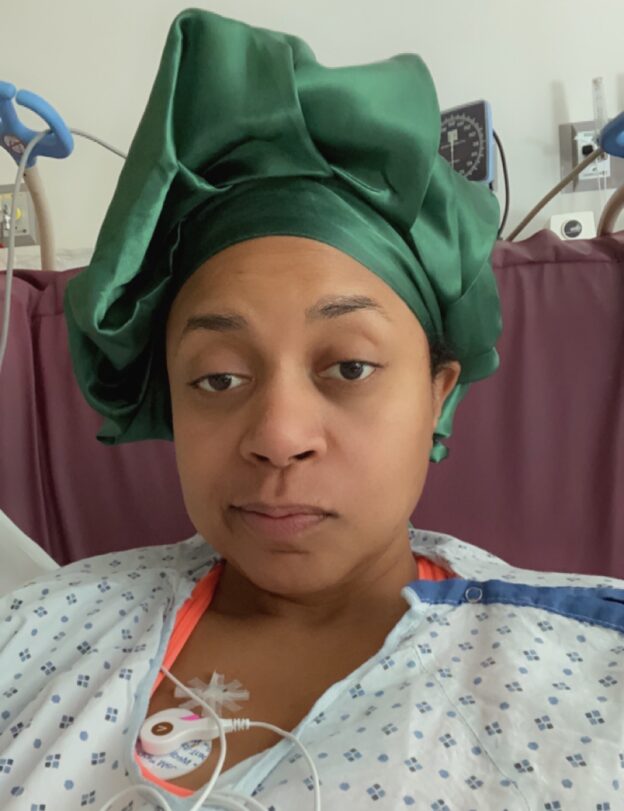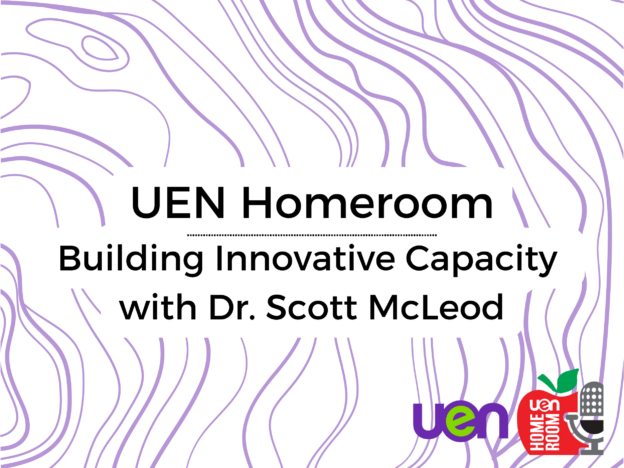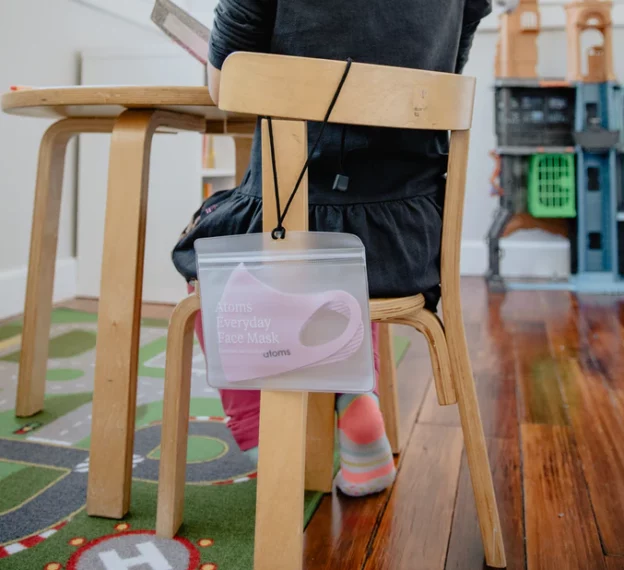There’s stiff competition among the winter education conferences… TCEA, TASA, and AASA are all within a couple of weeks of each other, and FETC 2024 seemed to anchor this year’s series with the energy we expected pre-COVID ahead of the more regional conferences that pick up in March, like California’s League of Educators.
While I think everyone who attended last summer’s ISTE would agree that the attendance and energy was back to “pre-COVID” levels, it seemed to me that everyone was still a little surprised to be back among <all> of their colleagues. And there was still plenty of conversation around the future of “the conference” format.
And it feels like we’re starting to move on from the “will this conference survive” conversation and into conversations that we go to these conferences for… This year my conversations with solution partners seemed to focus more on the “voice of the educator” than in years past. Perhaps that’s a result of our having the chance to talk face-to-face again, but regardless it’s a great step forward!
We all know the pressures schools and districts are under on a daily basis… serving the immediate needs of the students and community make it very hard to drive innovation or streamline essential processes. And we’ve long recognized that solution partners are essential components of the K12 ecosystem to help do exactly that.
Too frequently, though, we are approached by vendors who seem to have come up with ideas in a bubble and with little or no idea of how their solutions might work (or not) in daily practice within a school or classroom.
Both educators and solution providers this year seemed to be aware of this, and conversations gravitated to that theme quickly. Here are a few highlights:
Teaching students’ future selves
Backed by several National Science Foundation grants, and developed out of Woods Hole Oceanic Institutute , Scoutlier was designed by educators for educators and addresses the core issue of keeping learning relevant and manageable for students. Their CEO, Brandy Jackson, is herself a teacher as are the majority of Scoutlier’s staff.
Everyone at Scoutlier has personally had to answer the question “When am I ever going to use this in real life?” as they stare back into the faces of students frozen by not knowing how to start on a problem they don’t really care about.
A free platform that plugs into Google Classroom, Canvas, and any other LMS, Scoutlier answers both of those questions, and makes learning more manageable for kids, and teaching easier for teachers.
Scoutlier has 2 components. The first, EngagED makes it easy for teachers breakdown assignments into a manageable processes, helping students see a path of small steps that brings them to their goal. Based on the experience of every teacher on staff, that is a game changer for many students.
Second, CareerConnectED leverages AI to find real-world examples that answer the question “When are we actually going to use this in real life?”
As Jackson says, “You’re in front of your algebra class talking about the exponential decay formula to kids who are going to be going into 20 different fields… how do you give each of them an example of why that formula is relevant to their future selves?”
Reaching students (and teachers) where they are
Another example of user-centered design that could only be discovered through the voice of educators comes from Lightspeed, and the release of their new Cascadia system.
Cascadia is a networked classroom audio system that has found the intersection of instruction, classroom management, school communications, and student safety. Lightspeed was only able to design Cascadia by listening to all of their district stakeholders and understanding that both teachers and students may need help being heard at any given time.
Engaging with the “voice of the educator” is a big commitment… To work it must be a 2-way conversation. Ask your customers all the questions you want, but if you don’t answer them a company might not get another chance.
Lightspeed’s approach is 2-fold. First is their Lighthouse Customer program which serves as a valuable platform for ongoing feedback, allowing educators to test new features and share insights on the effectiveness of Lightspeed’s solutions. By involving educators directly in the development process, Lightspeed ensures that their products, like Cascadia, are not just tech solutions but practical tools that truly address the concerns of the education community.
The second is a commitment to salesforce training… While salespeople can certainly cause some anxiety for educators, Shaun Fagan, SVP of Product, says Lightspeed’s product team meets monthly with sales to gather feedback from the field, and that they’ve actually trained salespeople to ask better questions during the sales process to help keep that line of communication open. The result, says Fagan, is a communication solution that is mobile, simple, and immediately available to a teacher wherever they are in the classroom or building.
The greening of device management
Another avenue for communication, that’s particularly effective at conferences like FETC, are informal customer focus groups. There are so many social options around venues like Orlando’s Orange County Convention Center that with a little coordination, an après-event social can be a relaxed way to discover the real issues on educators’ minds.
MicroReplay, a leading provider of device repair services and replacement parts, did just that at FETC this year. Through evening conversations Tani Marinovich, MicroReplay’s VP of Sales was able to discuss the whole range of priorities involved in sourcing a repair partner.
According to Marinovich, the paramount concern has always been ensuring districts have devices ready and available for their communities around the clock, with the elimination of service gaps being a top priority. However, beyond the imperative of service quality, various other factors occupy the minds of IT directors. During a casual dinner and drinks, Marinovich and the team uncovered other considerations.
Marinovich explained, “Job number 1 is maintaining continuous device availability, but there are additional aspects to address. For instance, assessing what can be serviced in-house rather than being shipped out, determining optimal sources for replacement components, aligning with environmentally sustainable goals, and evaluating the overall financial return on investment (ROI) are all significant concerns.” She added, “Hearing these insights firsthand is encouraging, as they align with the core drivers behind our daily operations.”
MicroReplay recognizes that while service quality remains a top priority, the nuanced needs and concerns of IT directors encompass a broader spectrum. By understanding these intricacies, the company tailors its services to effectively address the whole range of concerns around device repair and maintenance, emphasizing efficiency, environmental sustainability, and financial return-on-investment.
How are the kids doing?
Along with the distance learning band-aids that got applied during the pandemic, we also saw a burgeoning of teletherapy solutions.
One of the prominent K12 teletherapy solutions that responded to student needs in the pandemic was eLuma. I had a chance to speak with their CEO Jeremy Glauser.
As with many education partners, eLuma started based on personal experience… in this case recognizing that the anxiety Glauser wrestled with in high school and college was far more common that he realized at the time.
But what’s critical for a partner to serve K12 effectively is recognizing that their initial idea is only a starting point. To ensure that the educator’s voice remains front-and-center, eLuma pairs dedicated customer success partners with each district as well as running periodic focus groups. This has resulted in to significant responses.
The first is their recent expansion of remote services to provide Multi-Tierd System of Supports (MTSS). Glauser shared that many teachers just don’t feel equipped to assess and respond to the vast array of student needs they see every day.
And the second is to help districts find ways to fund those programs… Glauser continued, “Many districts aren’t sure how to access funding and they welcome guidance for how to apply that to programming that benefits all their students’ mental health needs.” To address that, eLuma provides resources and guidance that help districts understand and take advantage of funding opportunities, a welcome support as has been mentioned in another post (Know Your Audience).
And forward!
Maybe there’s a parallel between the future of education conferences and partners recognizing the voice of the educator? The K12 leaders that attend conferences, and the customers that partners serve, are the connection between partners and student success. Making sure those voices are heard loud and clear is something we can all work on… Those conversations are certainly seem to be leading in the right direction!
